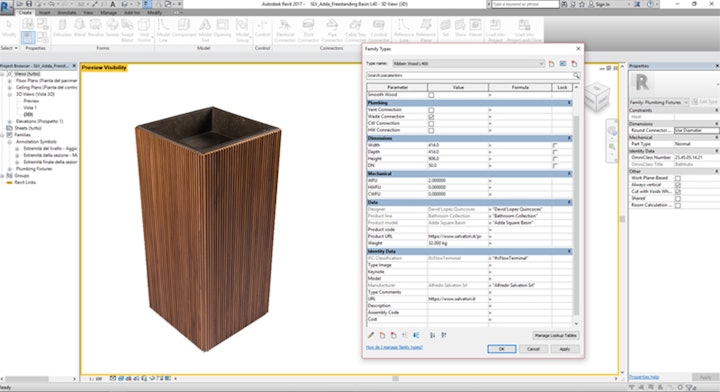A Layman's introduction to BIM
03.2022
The lack of a universal system which creates an efficient flow of information among the various players involved in a project opened the doors for BIM
BIM: what is it?
In recent years BIM (Building Information Modelling) has been receiving more and more airtime in the construction industry. A quick web search will reveal just how much interest the topic generates among all manner of parties, such as software houses, educational institutions, specialist blogs and magazines, companies, architectural firms and dedicated sites.
However, despite the proliferation of information, it’s not actually easy to find a definitive description of just what BIM is, so it is little wonder that there can be confusion among those who are being introduced to it for the first time.
For example, some maintain that BIM refers to a type of software, whilst many see it as a virtual modelling system and others consider it a planning, development and management modelling method with an advanced search function which links graphic presentation with the pertinent supporting data and information.
So, in the absence of an officially recognised definition, we’re going to try and shed some light on some of its key aspects and attributes.

BIM: the acronym
Let’s start with the acronym BIM which stands for Building Information Modelling. If we break it down, it can be said to refer to a working methodology which through virtual representation (or Modelling) of a Building delivers Information. Or, in other words, an informative database overlaid on a 3-D digital model.
It is also an innovative methodology which combines advanced technology in the form of dedicated software and 3-D parametric models, allowing users to read, manage, extrapolate and share every iota of information assigned to the various elements of a model.

BIM: what it does
With the acronym analysed, let’s turn our attention to how it can be used and the advantages it offers to players in the construction business, whether that be designers, builders, engineers, architects, installers or suppliers.
It’s fair to say that the construction industry is a complex one, featuring a large and diverse group of different figures and an extraordinary amount of information to be shared. Information which can all too easily cause headaches in the form of delays, inconsistencies and financial overruns if it is not handled in a reliable, organised fashion.
So, a move towards a digitalised information processing system certainly makes sense. The lack of a universal system which creates an efficient flow of information among the various players involved in a project opened the doors for BIM with its innovative methodology which provides immediate, precise answers. It also ensures consistency in the information shared, as well as offering security throughout the lifespan of a project, from planning and production through to product management.
The entire construction sector has now arrived at a point in which BIM is establishing itself as a recognised architect of change, streamlining processes and increasing productivity and quality by reducing errors and delays, all leading to a positive impact on the bottom line.
